Why Did Smoke Come Out of a Cup of Room Temperature Water?
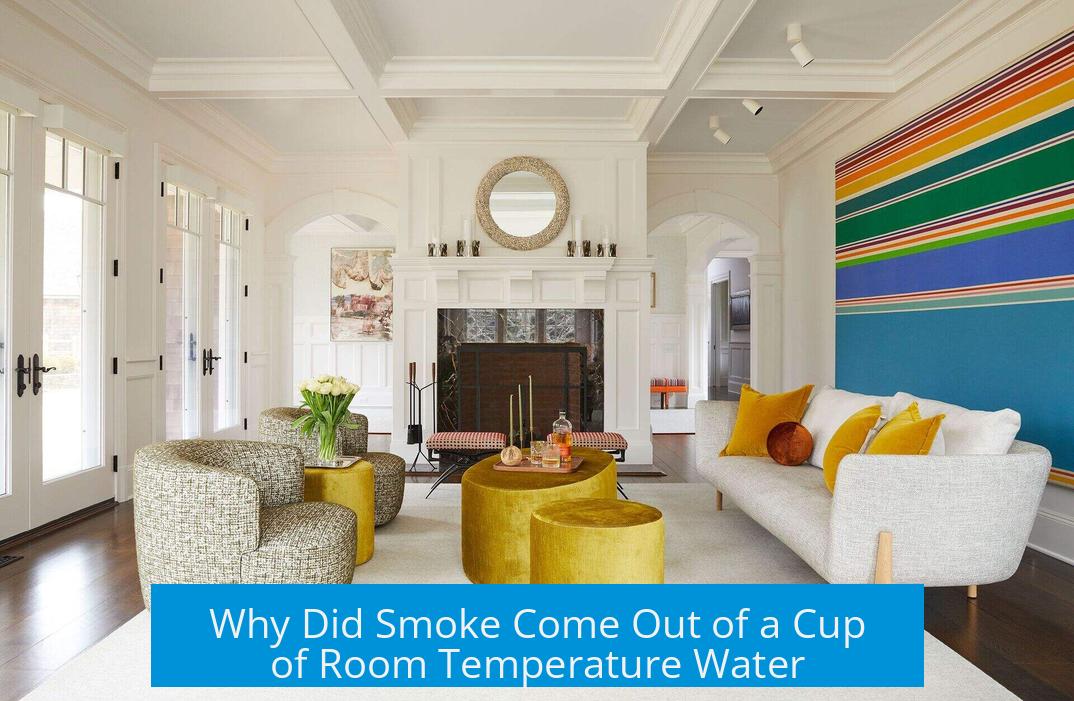
The “smoke” emerging from a cup of room temperature water is not smoke from combustion but a visible mist of water vapor caused by tiny air bubbles and environmental conditions. This phenomenon arises when microscopic gas bubbles trapped in the water release vapor as they rise and escape.
The Nature of the Observed Smoke
Actual smoke results from burning material, but water at room temperature cannot combust. Instead, the “smoke” is a fine mist, or water vapor, which appears similar to smoke but is physically different.
The Role of Tiny Bubbles and Air in Water
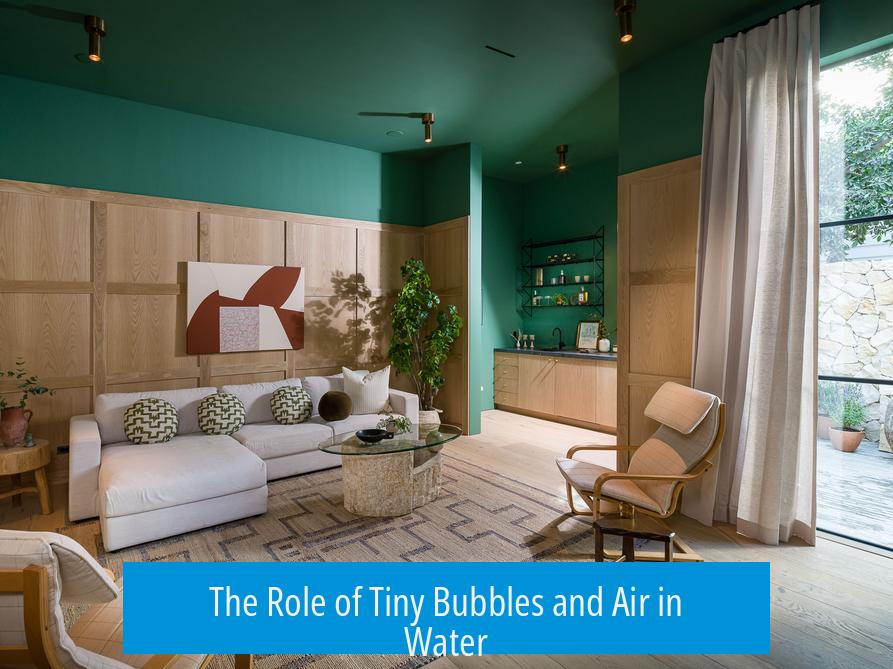
Water often contains microscopic air bubbles, especially if poured quickly or from a tap that introduces air. These bubbles form a gas-in-water emulsion. As the bubbles rise and coalesce, they carry water vapor to the surface.
- Some water systems trap air during maintenance or repairs, increasing dissolved air content.
- The release of this air at normal atmospheric pressure causes vapor bubbles to form visibly.
- Poured water from air-mixed taps often appears cloudy at first for this reason.
Environmental Conditions Affecting Vapor Visibility
The surrounding temperature and humidity influence whether vapor becomes visible. When the air is cool or nearly saturated with moisture, water vapor condenses into small droplets. This makes the mist visible, appearing as smoke.
For example, room temperature water steaming in very cold air—such as in below -20°C weather—is common. The air’s low capacity to hold moisture causes fast condensation of water vapor at the cup’s surface.
Less Likely Causes

Some hypotheses suggest chemical reactions might create visible vapor. However, these are less supported and unlikely for typical tap water displaying this effect.
Key Takeaways
- “Smoke” from room temperature water is water vapor, not combustion smoke.
- Microscopic air bubbles trapped in water carry water vapor to the surface.
- Rapid air release from dissolved bubbles causes temporary mist or cloudiness.
- Cool, humid air conditions favor visible condensation of water vapor.
- Chemical reactions causing this effect are speculative and uncommon.
Why Did Smoke Come Out of a Cup of Room Temperature Water?

The “smoke” coming out of your cup of room temperature water isn’t smoke at all—it’s actually a delicate mist of water vapor created by tiny air bubbles escaping and carrying moisture with them. Sounds like a magic trick, right? Let’s unpack why this happens with a splash of science and a pinch of everyday wonder.
First things first: what you see isn’t smoke. Smoke originates from something burning, like wood, candles, or even popcorn that was left too long in the microwave. In this cup scenario, that’s not the case. What you’re observing is water vapor made visible. That fine mist floating from your water resembles smoke, but it’s just tiny droplets of water suspended in the air.
The Invisible Dance of Tiny Bubbles
Water straight from the tap often isn’t just plain H2O. It secretly carries a whole lot of tiny air bubbles trapped inside it. This is what scientists call a gas in water emulsion—a fancy term for little bubbles of gas mixed within the water. Tap water can swirl in so much air during the plumbing process that your glass ends up looking cloudy at first. Those microscopic bubbles make the water look like it’s a bit foggy until the air escapes.
Imagine stirring air into a soda bottle. When you open it, all the bubbles rush out with a fizz. With tap water, it’s much subtler. When you pour the water into your cup, those super tiny bubbles begin to rise to the surface. As they ascend, they bring along more than air—they carry water vapor too. The vapor clings to these bubbles like clingy passengers on a crowded bus.
Pressure Plays Its Part

There’s an invisible tug of physics at work when you pour water into an open cup from a pressurized system like your home water supply. In the pipes, water is under pressure, and gases like air dissolve into the water extra efficiently. But as soon as that water hits your cup and the pressure drops to normal atmospheric levels, the air comes out of solution. This is like a tiny, silent explosion of air bubbles forming and escaping.
When these bubbles burst or reach the surface, the moisture they carry escapes into the air. If the air near your cup is just the right temperature and moisture level, this water vapor cools and condenses into tiny droplets that hang in the air, looking like smoke.
Environmental Factors Make the Mist Visible
You might wonder why you don’t see smoke-like vapor every time you pour water from a cup. Well, environmental conditions like temperature and humidity matter.
Think of cold days when your breath fogs up in front of you despite being just warm air and moisture. If the air surrounding the cup is cool and near its dew point—the temperature where air becomes saturated and water vapor condenses—the fine mist becomes visible. The vapor released by the bubbles condenses rapidly, forming that ghostly mist.
I’ve even seen water that’s just room temperature “steam” on freezing days, even at -30°C! The air just can’t hold all that evaporated moisture, so it condenses almost immediately. It’s nature’s way of showing us invisible processes made visible.
Tiny Air Pockets in Plumbing Can Stir Up Trouble

Another twist in this bubbly tale is the occasional presence of air pockets in your water pipes, especially after repairs or maintenance. These pockets can force extra air into the water under pressure. When you run the tap, this air-rich water suddenly finds itself free from pressure constraints and releases air bubbles enthusiastically.
This sudden release contributes to the water vapor that looks like smoke coming off your cup. If this is a frequent occurrence, you might notice some minor cloudiness in your water or a faint mist everytime you pour it. No need for alarm—just more proof that water is full of surprises!
What About Chemical Reactions?
Some may speculate if acids or bases in the water cause visible vapor. While chemical reactions can produce gases or foams, this is unlikely with typical tap water. Unless your water is dramatically altered by chemicals, the visible mist remains rooted in air bubbles and environmental moisture condensation.
So, the mystery remains mostly about bubbles, air, temperature, and pressure rather than unexpected chemistry.
How To Test This Yourself
Curious to see this bubbly demonstration firsthand? Try pouring water from your tap into a clear glass on a chilly morning or in a cooler room. Notice if there’s a fine mist rising. Additionally, fill one glass with water straight from the tap and another with distilled water poured slowly to minimize air. You might find the air-rich tap water produces that “smoke” effect, while distilled water stays clear. This hands-on test reveals the impact of dissolved gases and bubbles.
Ever wondered why water sometimes looks like it’s giving off smoke without burning? Now you know. It’s a fascinating peek into everyday physics and natural processes hiding in plain sight. Next time your water “steams,” you can enjoy the show with a bit of scientific awe and a smile.
Final Thoughts
- “Smoke” from room temperature water isn’t smoke—it’s water vapor released from tiny air bubbles.
- Air trapped in tap water creates microscopic bubbles that escape when pressure drops.
- Temperature and humidity conditions control whether this vapor condenses visibly.
- Pipe repairs or air pockets can make the effect more noticeable.
- It’s perfectly natural and harmless, just physics and weather doing their thing!
So next time you spot smoke coming from your glass of water, don’t panic. Instead, tip your hat to the tiny bubbles making a simple cup feel like a mini science experiment.
Why did the “smoke” appear from room temperature water?
The “smoke” was actually water vapor, not true smoke. Tiny air bubbles trapped in the water release water vapor as they reach the surface, creating a visible mist.
Can air in tap water cause this “smoke” effect?
Yes. Some taps mix in extra air, forming tiny bubbles. When poured, these bubbles release water vapor that looks like smoke or mist.
Does temperature affect the visibility of the vapor?
Yes. Cool or humid air causes water vapor to condense into tiny droplets, making the vapor visible as a mist above the water surface.
Is the mist related to any chemical reactions in the water?
No strong evidence supports that. Visible vapor mainly results from air bubbles and environmental conditions, not chemical reactions.
Why does the vapor sometimes clear up quickly?
The tiny bubbles of air escape and the vapor disperses into the air, causing the mist to disappear shortly after it forms.


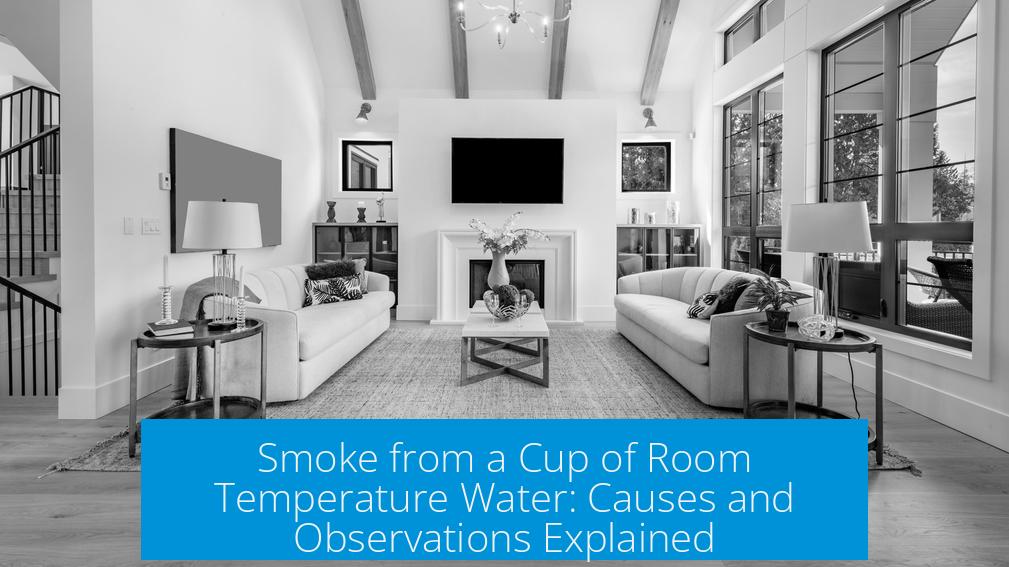
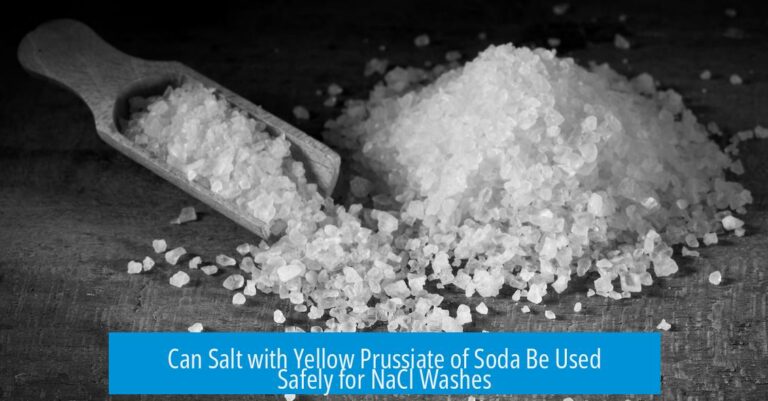
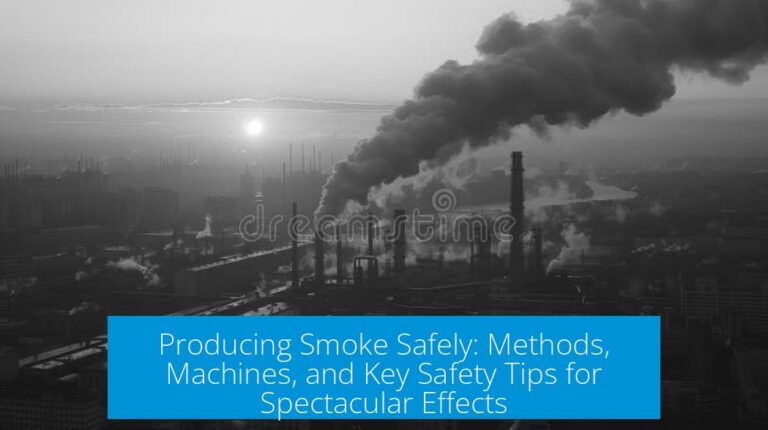
Leave a Comment